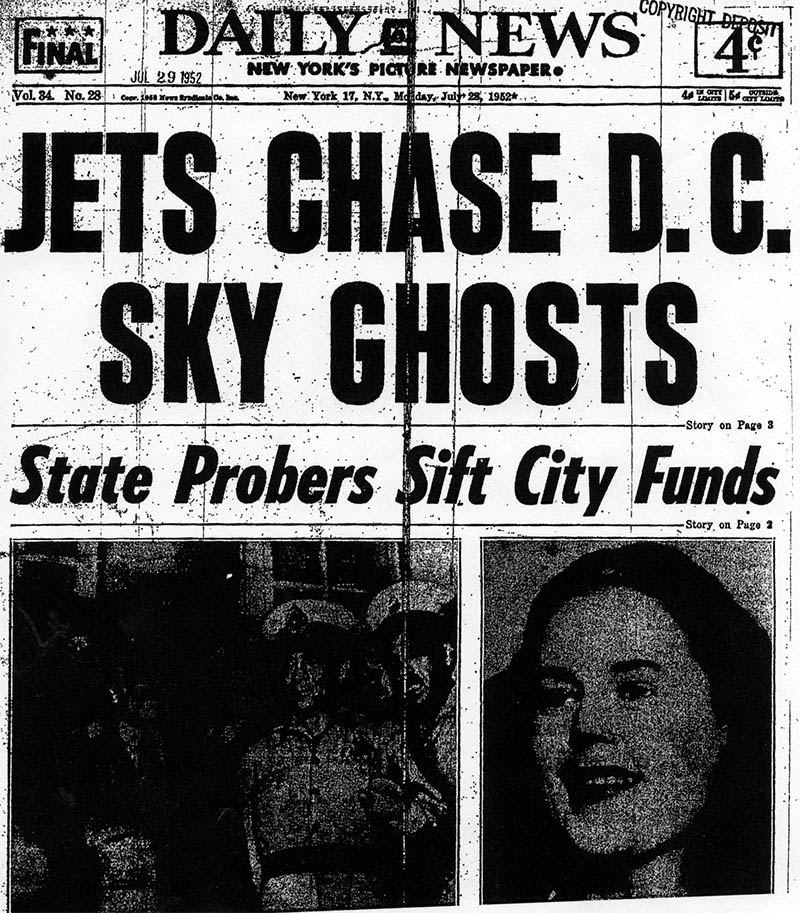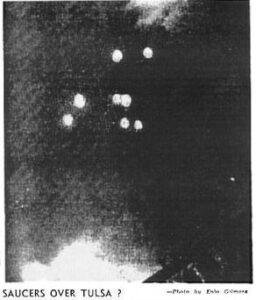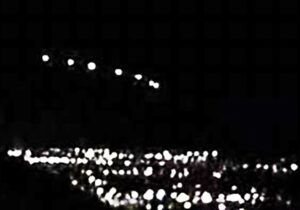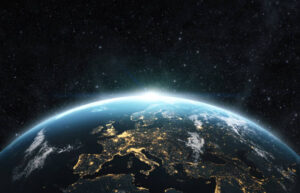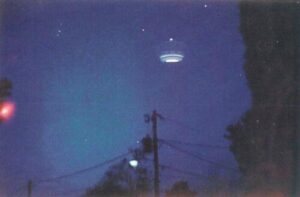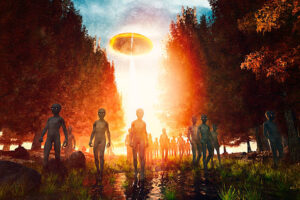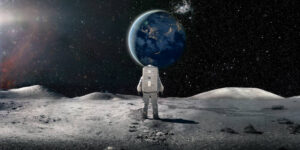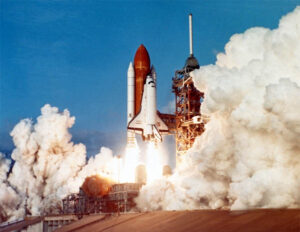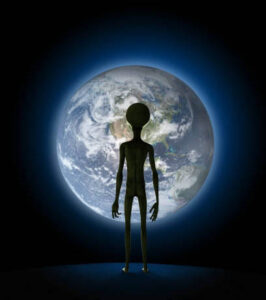The 1952 Washington, D.C. UFO incident, also known as the Washington Flap or the Washington National Airport Sightings, remains one of the most remarkable episodes in the annals of unidentified flying object (UFO) history. Taking place at the peak of Cold War tensions, this series of sightings over the United States’ capital sparked nationwide intrigue, fear, and a flurry of explanations.
The Incident
Over two consecutive weekends in July 1952 – the 19-20 and the 26-27 – radar operators at Washington National Airport (now Ronald Reagan Washington National Airport) and Andrews Air Force Base reported detecting multiple unidentified blips. These blips were moving at unusual speeds and following erratic flight paths over the restricted airspace surrounding the White House and the U.S. Capitol.
The radar detections were corroborated by visual sightings from both pilots and ground observers who reported seeing bright lights executing extraordinary maneuvers in the night sky. Commercial pilots reported the lights pacing their aircraft before accelerating away at incredible speeds, while ground observers described the lights as “like falling stars without tails” that moved rapidly in different directions.
Government Response
As reports poured in and the news media picked up the story, the U.S. Air Force, under Project Blue Book, the official UFO investigation program, sprang into action. Fighter jets were scrambled to intercept the unidentified objects, but pilots reported that the UFOs outpaced their aircraft or disappeared just as they closed in.
The sightings over two weekends and the military’s apparent inability to identify or intercept the objects sparked widespread public concern, leading to a demand for answers from the U.S. government.
Press Conference and Explanations
In response to the growing public anxiety, the Air Force held a large press conference on July 29, 1952. Major General John Samford, the Air Force’s Director of Intelligence, stated that the visual sightings were misinterpretations of natural phenomena such as stars and meteors, while the radar blips were attributed to temperature inversions, a meteorological condition where layers of warm air trap cool air and can cause radar signals to bend and create false returns.
However, not all were satisfied with these explanations. Some radar operators and pilots insisted that the movements of the objects were too coordinated to be random atmospheric anomalies. Furthermore, skeptics pointed out that temperature inversions were common, but such radar sightings were not.
Legacy
The 1952 Washington, D.C. UFO incident remains one of the most compelling in UFO history due to its duration, the number of witnesses, the quality of the radar data, and its occurrence in highly restricted and monitored airspace. The incident prompted the Central Intelligence Agency (CIA) to establish the Robertson Panel, which recommended that the U.S. government debunk UFO reports and reduce public interest in the subject.
The 1952 Washington, D.C. UFO incident serves as a vivid example of the tension between public curiosity and official explanation in the realm of unidentified aerial phenomena. While the official explanations were accepted by some, others believed that they were a cover-up for something more extraordinary. Regardless of one’s interpretation, the incident left an indelible mark on the cultural psyche, sparking a widespread interest in UFOs that continues to influence discussions about extraterrestrial life and governmental transparency to this day.

